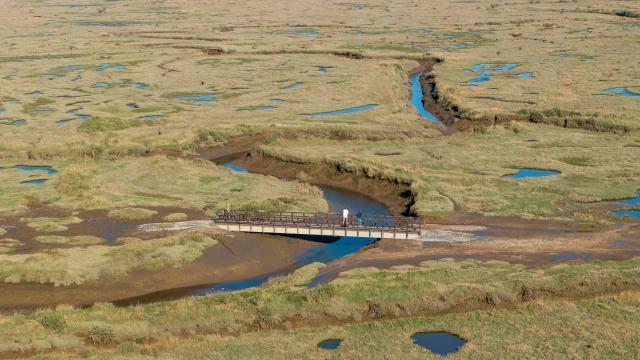They might not generate the same hype as the vibrant Amazon rainforest or the vast Arctic tundra, but tucked away along quiet UK coastlines is an astonishingly beautiful ecosystem – saltmarshes. Powerful allies in flood mitigation as well as highly effective carbon stores, saltmarshes are rich in nature, providing benefits to both wildlife and people.
Despite this, saltmarshes are in steep decline. A new global report from WWF and Sky reveals that saltmarshes have already lost nearly half of their historical range, undermining both climate goals and coastal resilience. Recent data has shown that saltmarshes are significant carbon sinks, with the amount absorbed during the spring and summer outweighing what is released during the autumn and winter months. To protect these vital ecosystems and the communities that depend on them, WWF has been working with Aviva to deploy groundbreaking monitoring technology in the UK, aiming to improve data collection, drive better policy and advance restoration targets.
Saltmarshes are doing a lot of the heavy lifting for the climate with little recognition.... The next chapter for saltmarshes could be one of recovery and renewal - delivering carbon storage, storm protection, biodiversity and community resilience, all at once.
Tom Brook, Ocean Conservation Specialist at WWF
Discover exclusive scenes from the salty border between land and sea at Stiffkey Marsh, North Norfolk in the UK.
Morning
The saltmarsh exhales with the tide as dawn casts a golden glow over glistening mudflats. New light reveals spiderwebs, like miniature dreamcatchers, strung between stems.
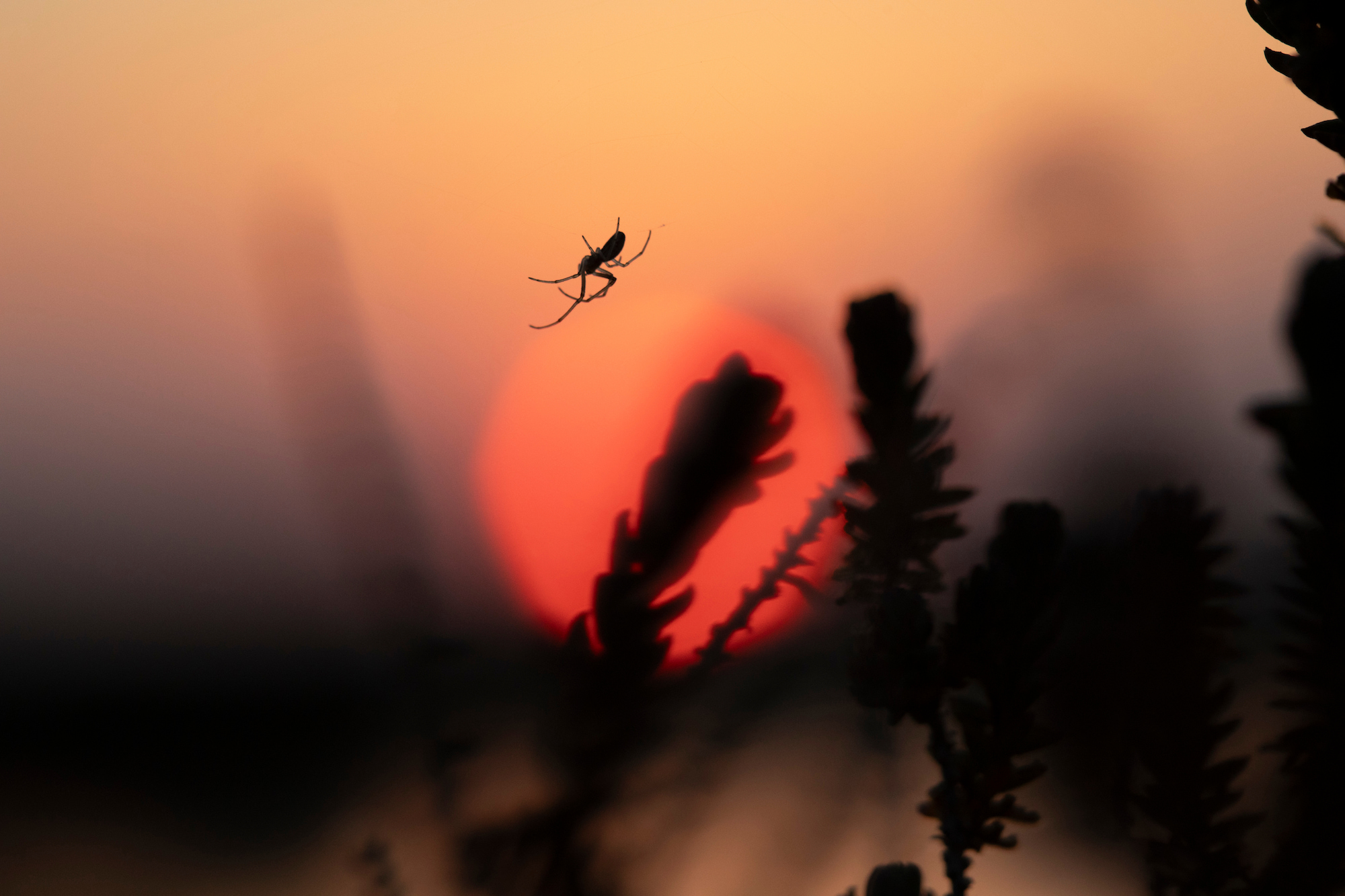
© Greg Armfield / WWF-UK
As the tide recedes, the mud is dimpled with the holes of lugworms. The exposed sediment reveals a mini-beast bird feast - terrestrial invertebrates, 148 of the 290 species relying on the mud scape for survival – catching the eye of early morning risers like spoonbills, egret, and curlew.
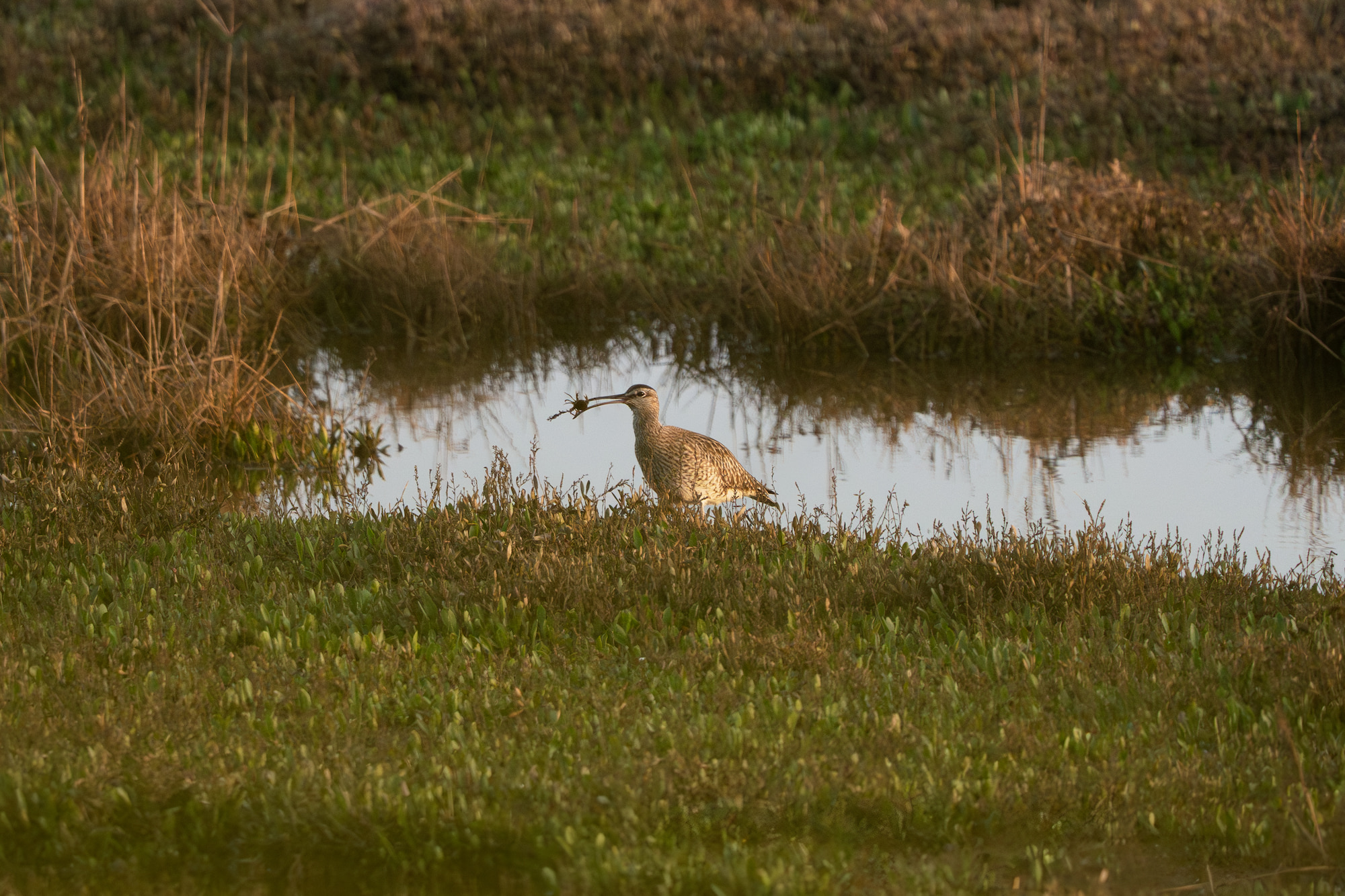
© Rose Summers / WWF-UK
The sun awakens life on the winding water channels of the marsh, the song of skylarks and sharp calls from redshank riding on the warming air.
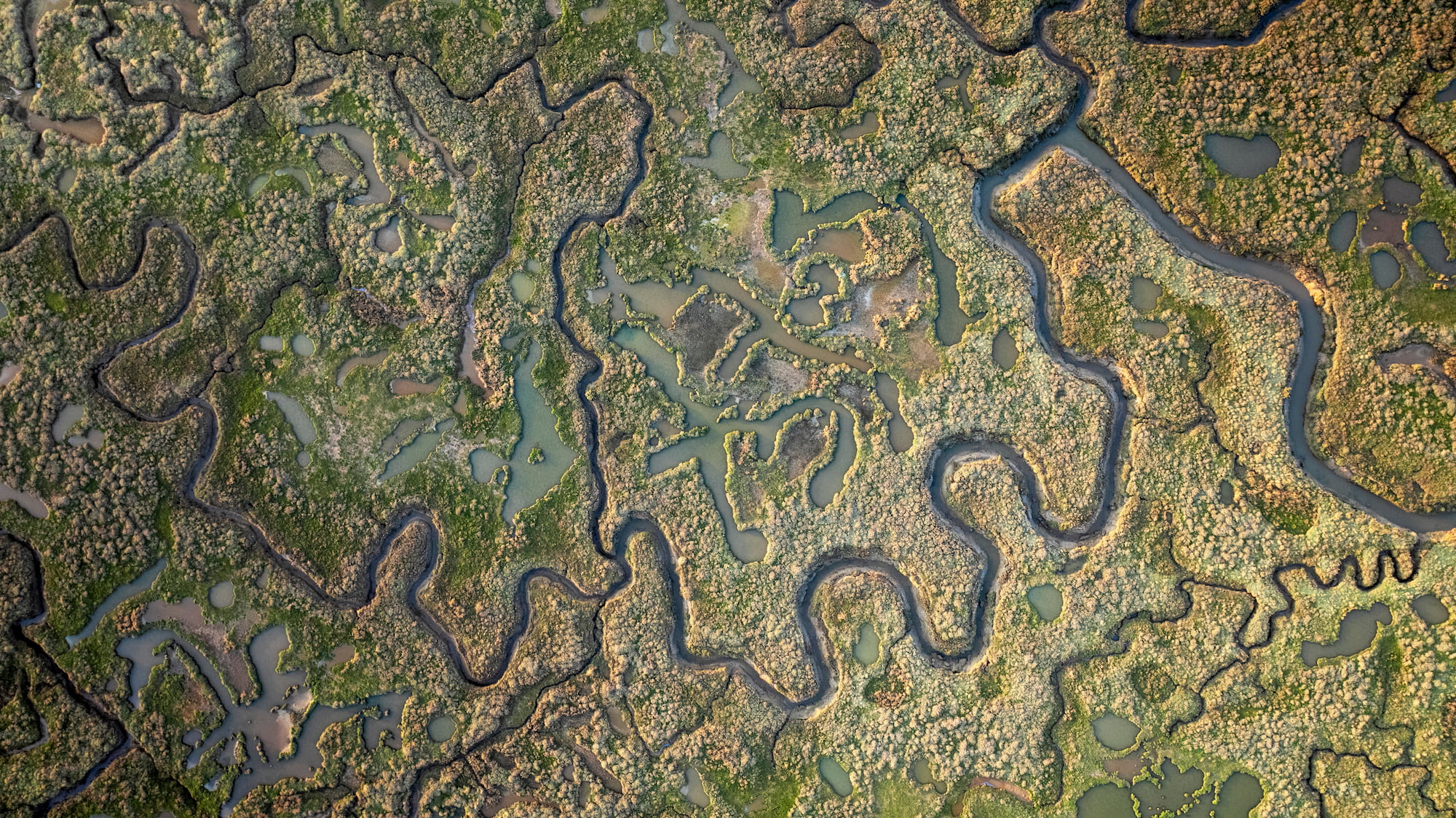
© Joseph Gray / WWF-UK
Midday
A diverse cast of characters can be heard in changing seasons - from the arctic tundra come brent geese, and pink footed geese returning from Greenland.
Stiffkey bird song symphony
Fiddler crabs scuttle between bootprints and pawprints – signs of morning walkers seeking space, salt breeze and solitude.
The hardy, salt-surviving plants of the marsh brace for the tide – absorbing CO2 in the warmer months, only for autumn tides to lock that carbon away in the dense mud. Vibrant flowering sea thrift or ‘sea pink’, stretches toward the sun. The blooms draw pollinators, including the rare sea aster mining bee, across tidal pools that serve as nurseries for aquatic inhabitants - herring, flounder, sand smelt, thin-lipped grey mullet and the critically endangered European eel.
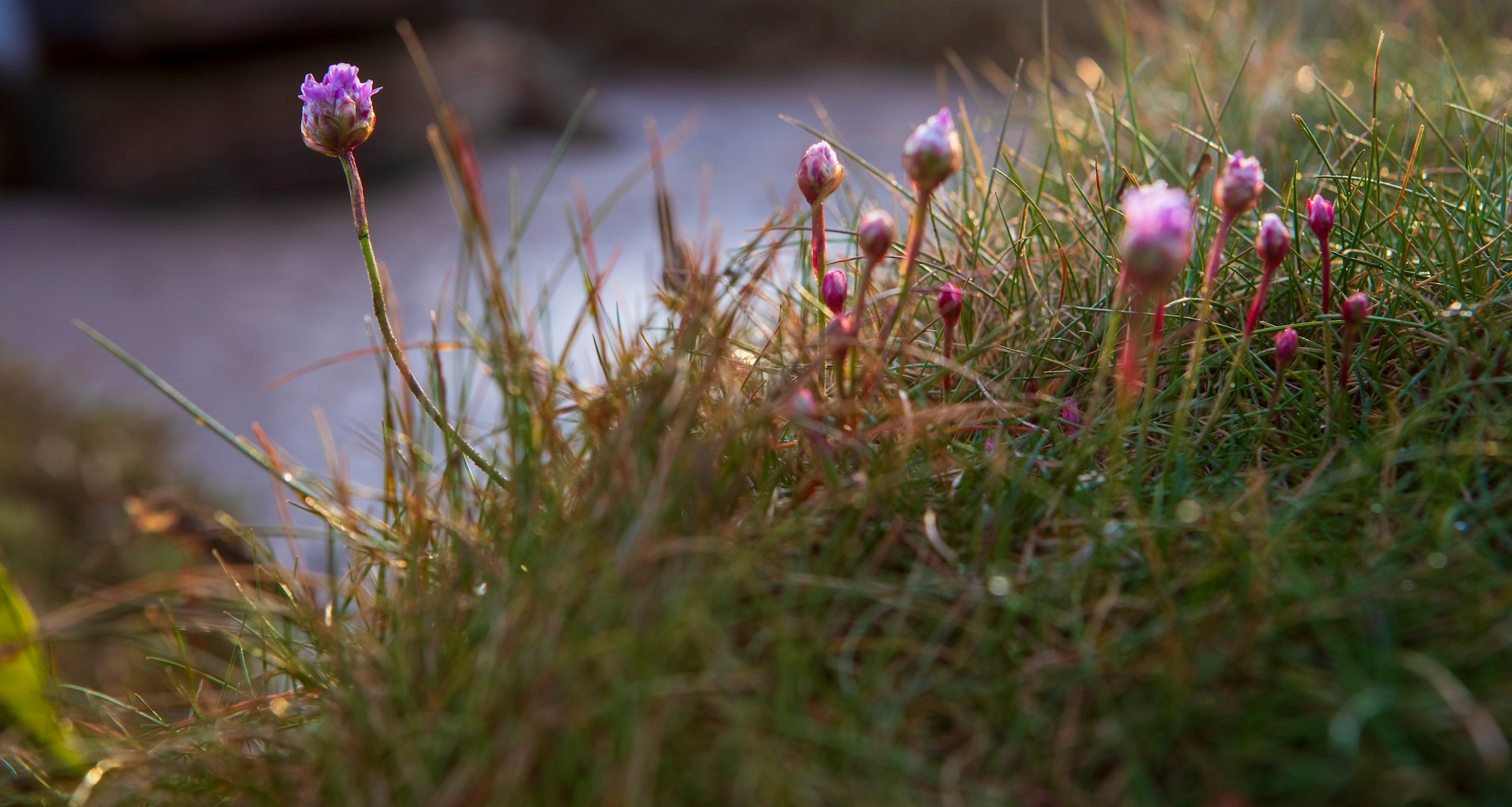
© Greg Armfield / WWF-UK
Come midsummer, the marsh blushes with sea lavender while egrets and redshank scour the insect buffet to sustain their growing brood.
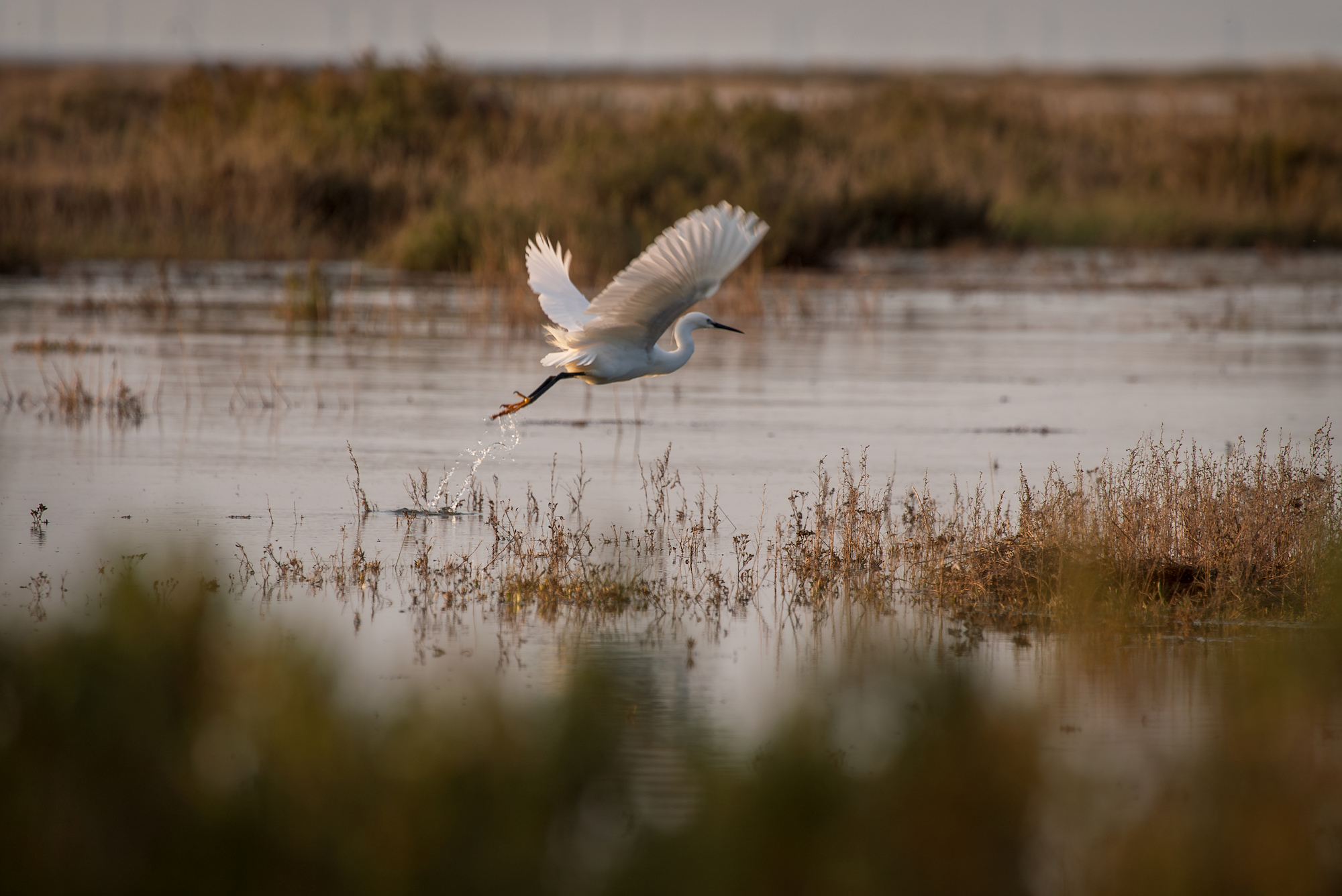
© Rose Summers / WWF-UK
Evening
Darkness setting in, great black-backed gulls and dark-bellied brent geese case the coast a final time, burbling away on the balmy breeze.
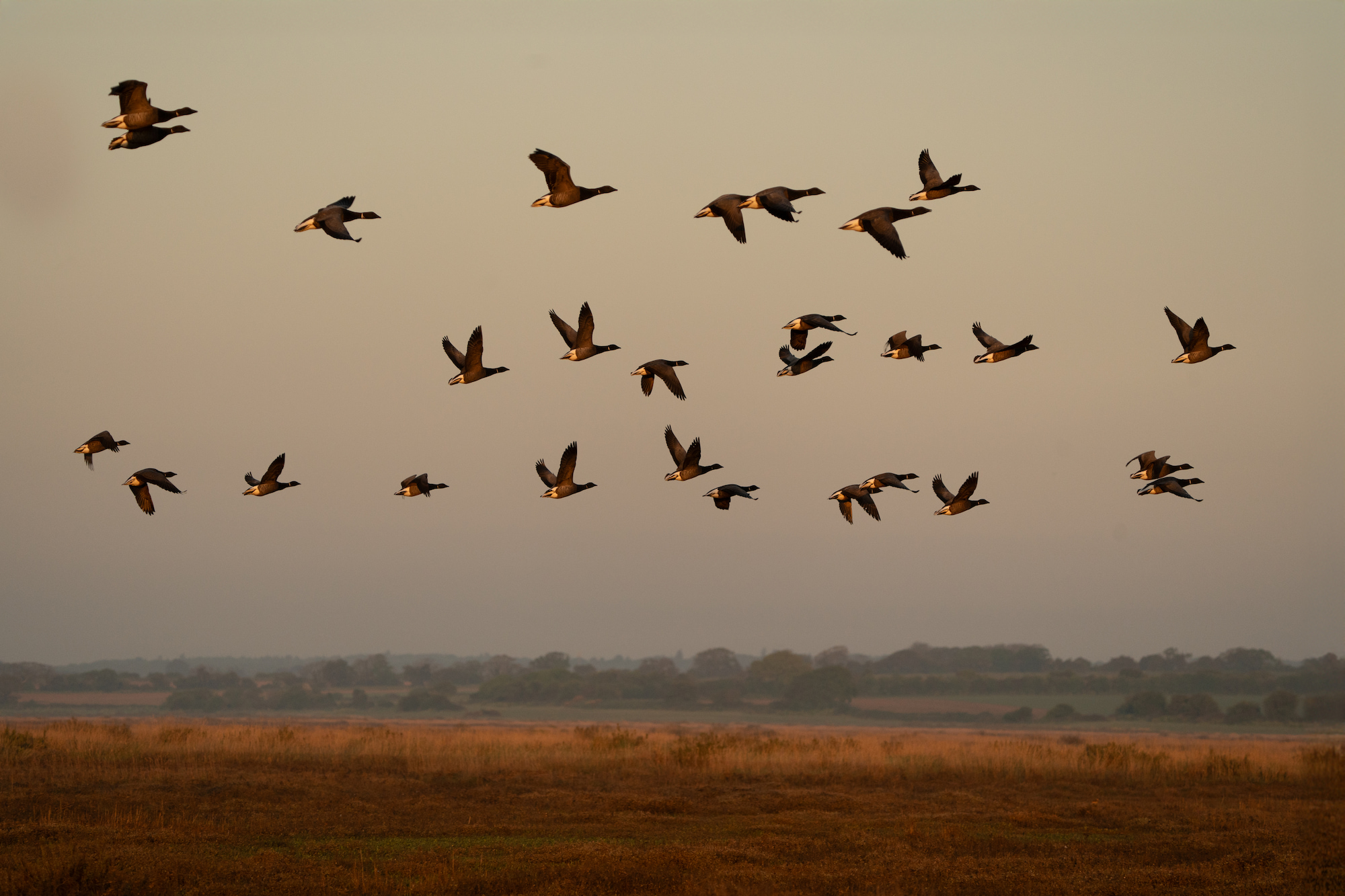
© Rose Summers / WWF-UK
The sun, now resting her head on the water’s edge, turns every muddy puddle liquid pink and bronze. Life settles in the salty evening breeze – heads tucked into feathers, fiddler crabs burrowing – whilst the natterjack toad, one of the UK’s rarest amphibians, emerges to breed in the brackish pools. The marsh mud soon becomes a mirror to the moon and stars.
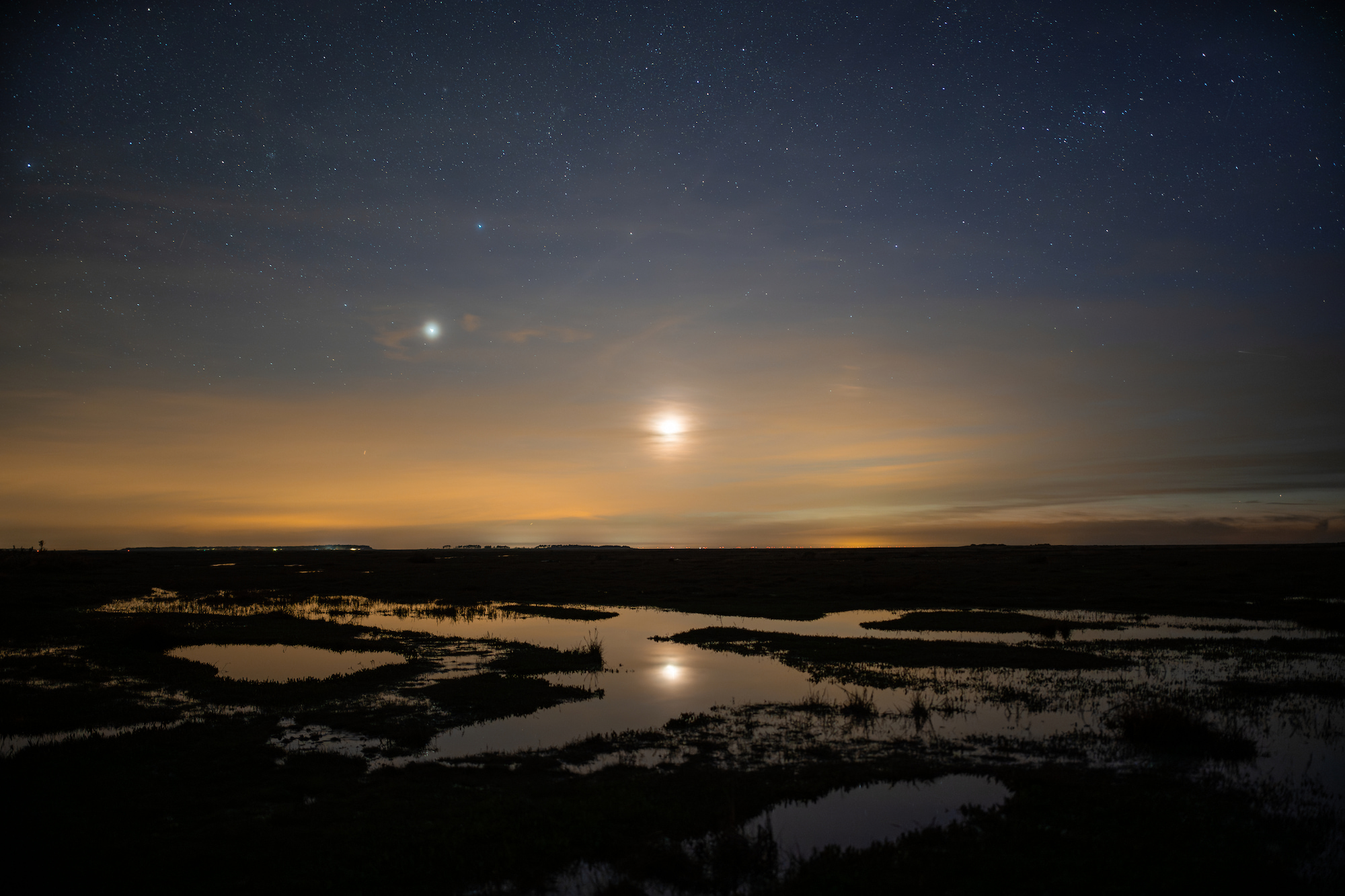
© Rose Summers / WWF-UK
Barn owls, like ghosts, survey the area and night-herons stalk the shallows. Bats dart and dive for their midnight snack on midges.
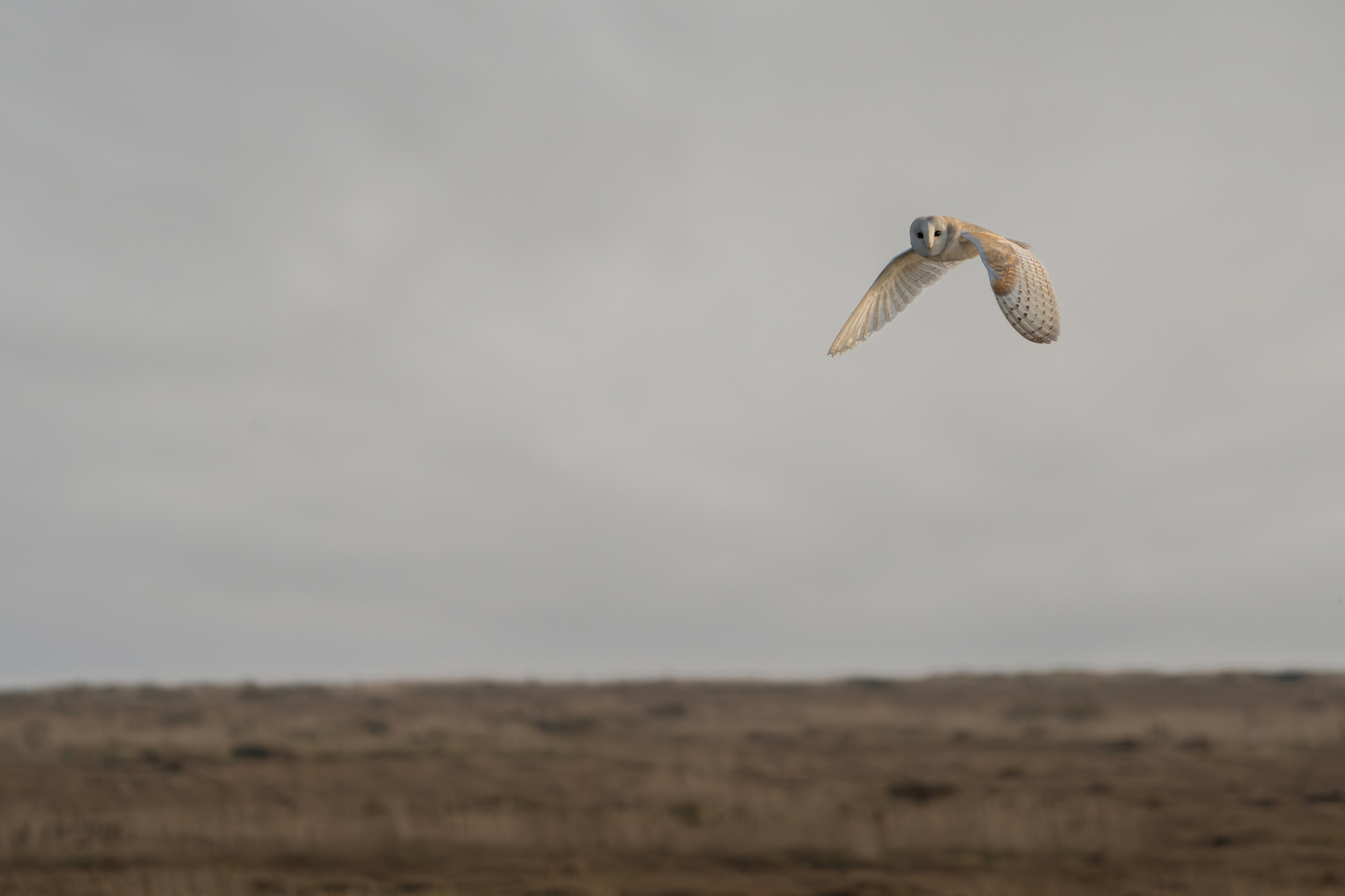
© Rose Summers / WWF-UK
The saltmarsh is a resting place for hundreds of species - from Africa, Asia, Greenland - all sharing in this critical place where salt and soil meet.
